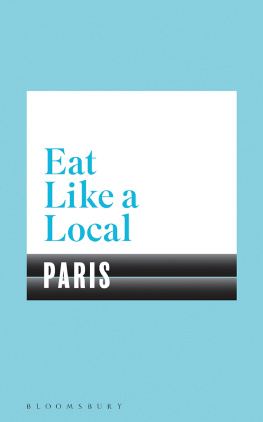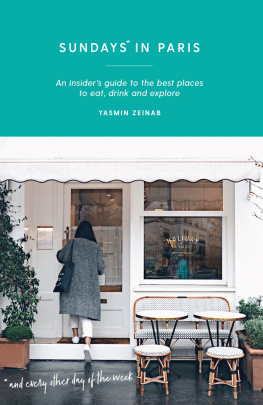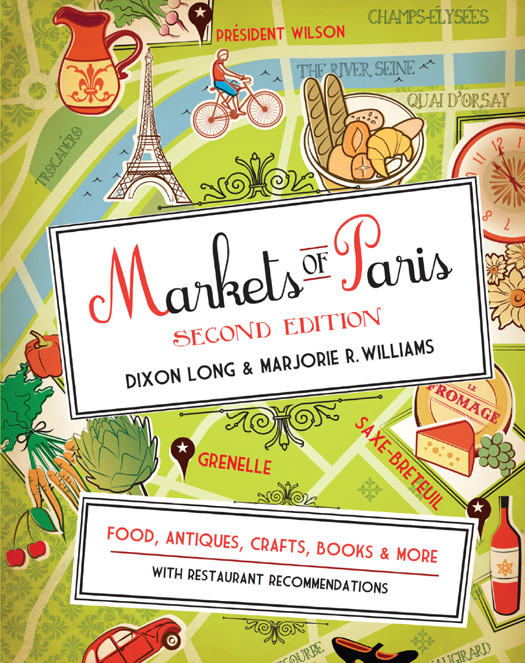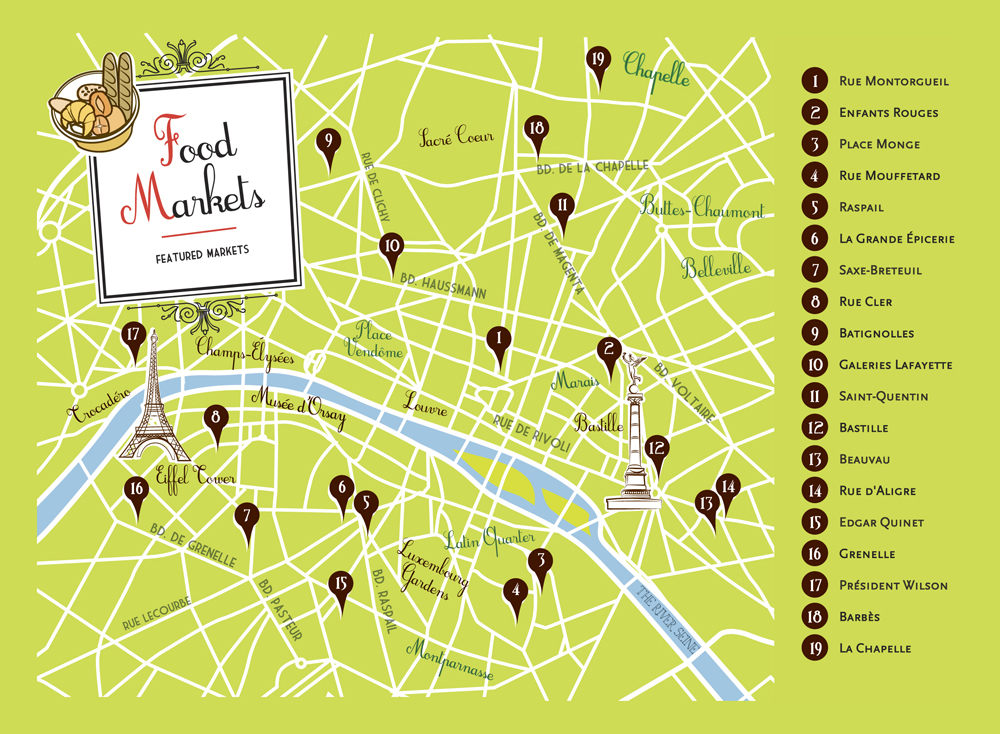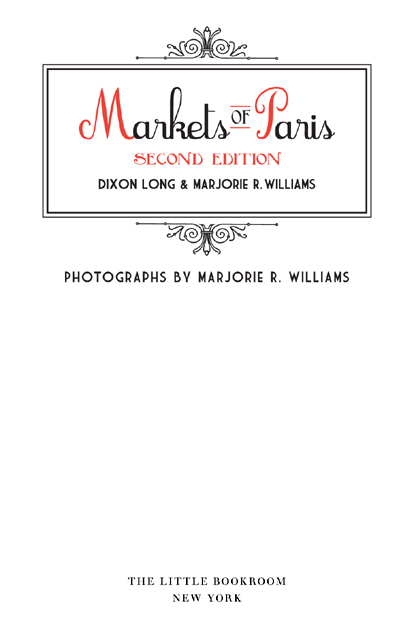Dixon Long - Markets of Paris, 2nd Edition: Food, Antiques, Crafts, Books, and More
Here you can read online Dixon Long - Markets of Paris, 2nd Edition: Food, Antiques, Crafts, Books, and More full text of the book (entire story) in english for free. Download pdf and epub, get meaning, cover and reviews about this ebook. year: 2012, publisher: Little Bookroom, genre: Home and family. Description of the work, (preface) as well as reviews are available. Best literature library LitArk.com created for fans of good reading and offers a wide selection of genres:
Romance novel
Science fiction
Adventure
Detective
Science
History
Home and family
Prose
Art
Politics
Computer
Non-fiction
Religion
Business
Children
Humor
Choose a favorite category and find really read worthwhile books. Enjoy immersion in the world of imagination, feel the emotions of the characters or learn something new for yourself, make an fascinating discovery.

- Book:Markets of Paris, 2nd Edition: Food, Antiques, Crafts, Books, and More
- Author:
- Publisher:Little Bookroom
- Genre:
- Year:2012
- Rating:4 / 5
- Favourites:Add to favourites
- Your mark:
Markets of Paris, 2nd Edition: Food, Antiques, Crafts, Books, and More: summary, description and annotation
We offer to read an annotation, description, summary or preface (depends on what the author of the book "Markets of Paris, 2nd Edition: Food, Antiques, Crafts, Books, and More" wrote himself). If you haven't found the necessary information about the book — write in the comments, we will try to find it.
Updates focus on the most interesting vendors and most unique and enticing offerings to be found at each locale, including prepared food that can be eaten on the spot. In keeping with growing interest in knowing where food comes from, the authors include profiles and photos of farmers and other artisanal suppliers behind the best food stalls.
One of the biggest changes in the Paris market scene in recent years has been the spike of interest in organic, reflected in the popularity of the Raspail organic market. At one time a fringe offshoot of the regular Raspail market, this Sunday market has fully come into its own. It attracts a large and loyal clientele; of three organic markets in the city, its certainly the largest and most widely known. Often its referred to as Le March Bio, and many claim its the crme de la crme of all Pariss markets.
Restaurant listings have been updated, too, with 15 new additions that have been chosen because of their new-generation chefs approach to fresh ingredients or their proximity to featured markets. A new section titled If You Have Limited Time directs the visitor to the most interesting markets near his or her accommodations. Another section, Practical Suggestions, addresses common questions such where to get local currency, which map of Paris is the best and most convenient, and business hours for different kinds of shops, stalls, and restaurants. Finally, the book has been reorganized by arrondissement to be more user friendly, and it has a brand-new look with all new photos and a refreshed, modernized design.
Dixon Long: author's other books
Who wrote Markets of Paris, 2nd Edition: Food, Antiques, Crafts, Books, and More? Find out the surname, the name of the author of the book and a list of all author's works by series.

